WERRIBEE MODEL AIRCRAFT ASSOCIATION INC.
Registration number A3000370WE
Please Print And Familiarize
Standard Operating Procedures
These procedures supersede all previously published club safety and field rules and are to read in conjunction with MAAA manual of
procedures
1. Wind sock. To be put out preferably by first person to arrive regardless of wind velocity. To make everyone in the vicinity
aware that the airfield is in operation and to be vigilant. It’s also a council initiative.
2. Competition and Special Event Days. The director of the day may lay down additional temporary rules for the period of the
event. They are to be read in conjunction with these operating procedures but shall not override them.
3. Safety. The club safety officer has the authority to ground for the day anyone considered having knowingly and deliberately
breached the safety standards and operating procedures of the club.
b) Models must not be flown closer to the flight line than the eastern edge of the north-south runway with the same distance
margin to be maintained around the perimeter of the entire pits area.
c) Flying over Populous areas is deemed a no-fly zone, this includes flying over private property or roads. No flying closer than
30 meters to the field’s southern boundary perimeter fence.
d) Drones or FPV’s must always be flown within line of sight, be able to be flown to the limit of line of sight without the aid of
goggles, screens or other electronic visual aids, with a spotter next to him/her
4. Car Parking. Cars are to be parked in main carpark. Disabled parking area for disabled only. Cars unloading heavy/large
models from the heavy drop off area must move their car to main carpark afterwards.
5. Crossing and Entering the Field. Permission must be given by pilots on the flight line before entering the active field. The
person must call out “ok to go on field”. This is to make them aware you are retrieving an aircraft, placing an aircraft for
takeoff or any other reason. Ok is then given by pilots on flight line, either by saying “ok” or simply raising their radio. All
pilots must respond to call out. Pilots calling out “dead stick” or “landing” have priority before proceeding to enter. Aircraft
in the air must not fly over person on field till he/she returns to the pits and calls out “field clear”. Only then normal circuit
flying is resumed. A pilot must call out “Taking Off” before they start rolling to get airborne. A Person retrieving his/her
plane from the field must do so in a manner to clear the field as quickly as possible for his/her own safety, also incase
a pilot needs to land unexpectantly such as having a dead stick or low on fuel/battery
6. Use of Radios. Aircraft must have fail-safe enabled. All craft will be randomly checked by either by the safety officer or a
committee member. Aircraft found not to have fail safe activated will not be allowed to fly till fail-safe is activated.
7. Engine Starting and Model Set-up: Benches are primarily used for starting immediately before flying, however aircraft may
be set up on them. When finished you must vacate bench and all accessories, leaving bench and close surrounds clear for
others to use. Prolonged tuning or running-in engines is not permitted on these benches. This can only be done in designated
area container side.
b) Models that are not going to be flown immediately must not be stored in the vicinity or anywhere in front of benches. The
area in the pits adjacent to or behind the log barriers should be used for storing aircraft till ready for flying.
8. Hand held launching. Launches are to be executed at the end of the flight line upwind end i.e. If wind direction is from
South launching must be from south/left side of flight line. If wind direction is from North launching must be from north/right
side of flight line.
9.Visitors. Visiting VMAA members may fly as a visitor for up to four times per year. They must be signed into the visitor’s book
by a senior club member who is to check for current VMAA membership. Non- member visitors are to be accompanied at all
times by a club member, who is to be responsible for their behavior, when inside the bounds of the club’s field.
b) A club member may invite up to two flying visitors on one particular day, however any more than two requires the approval
of the committee.
Chris Berry Dated: November 2022
President
